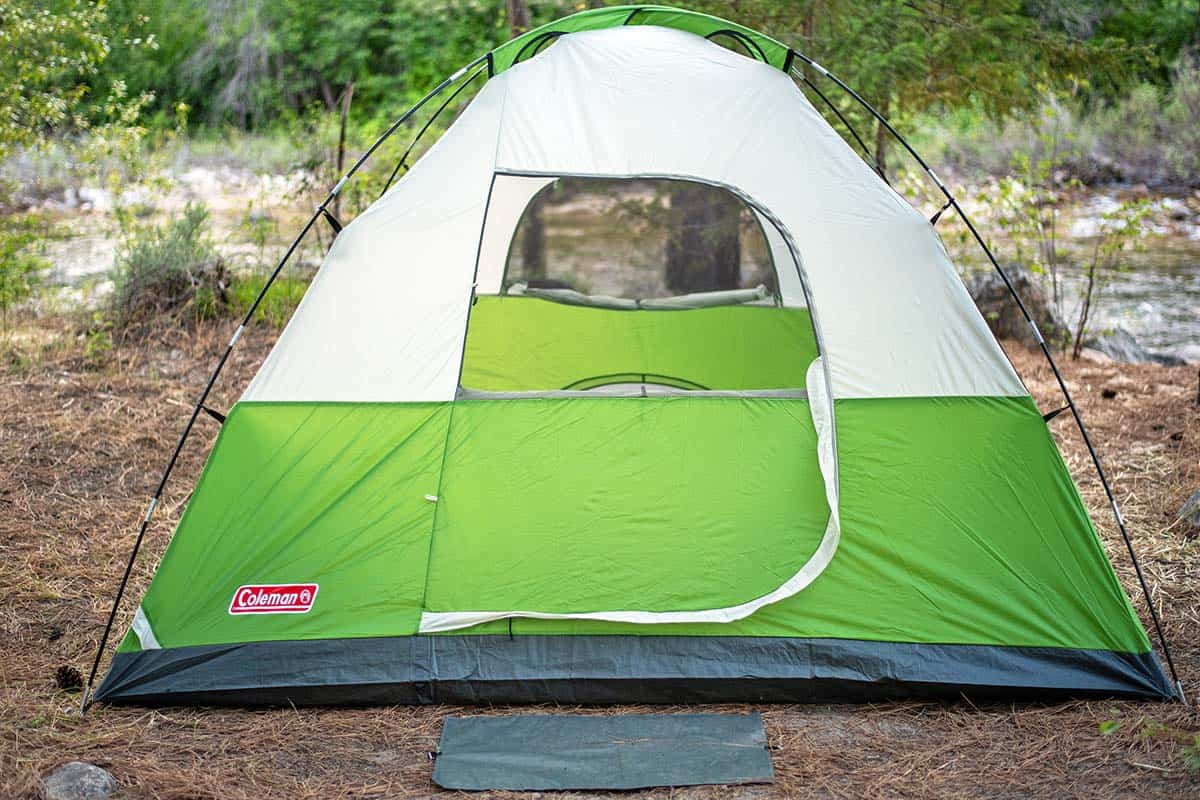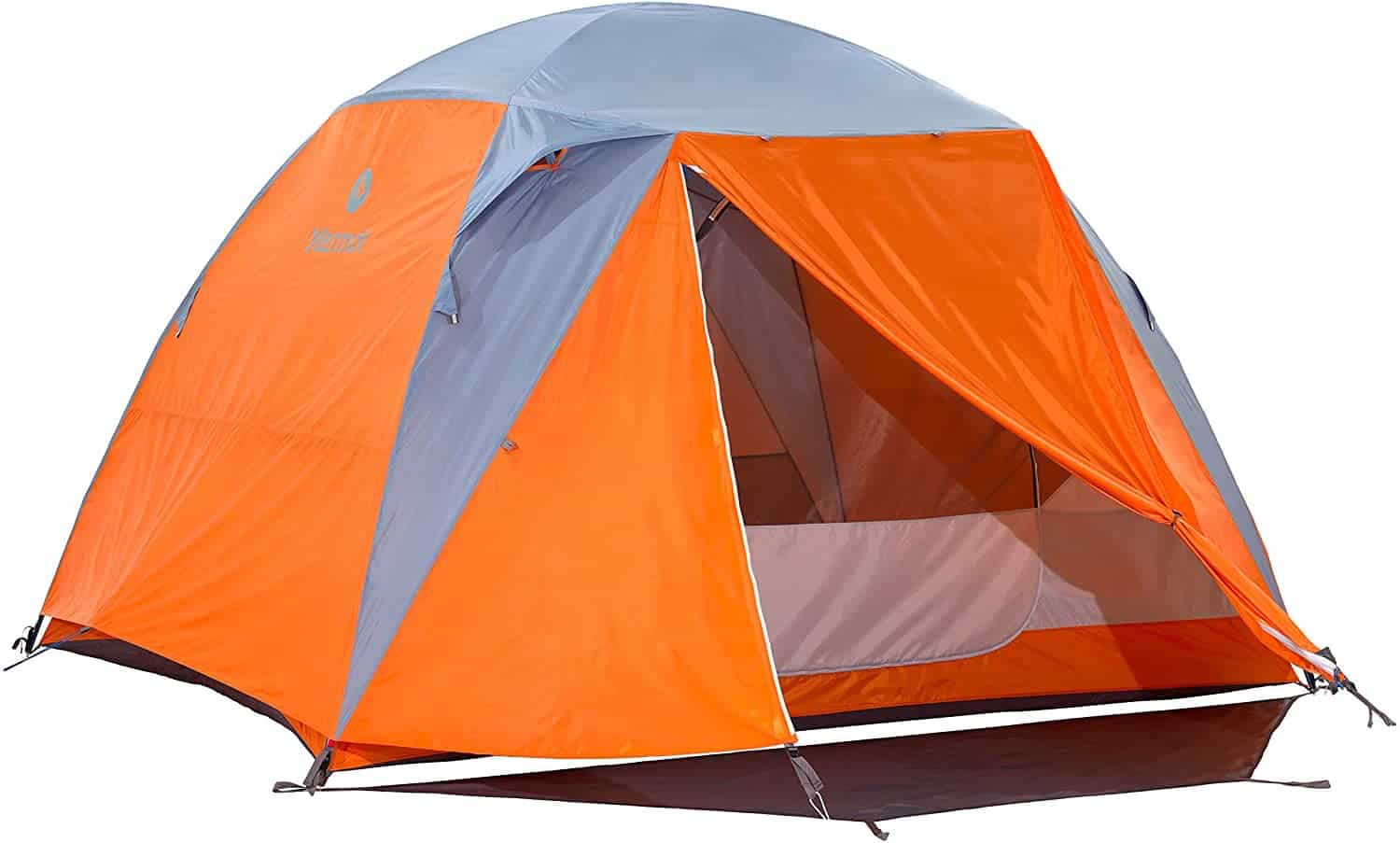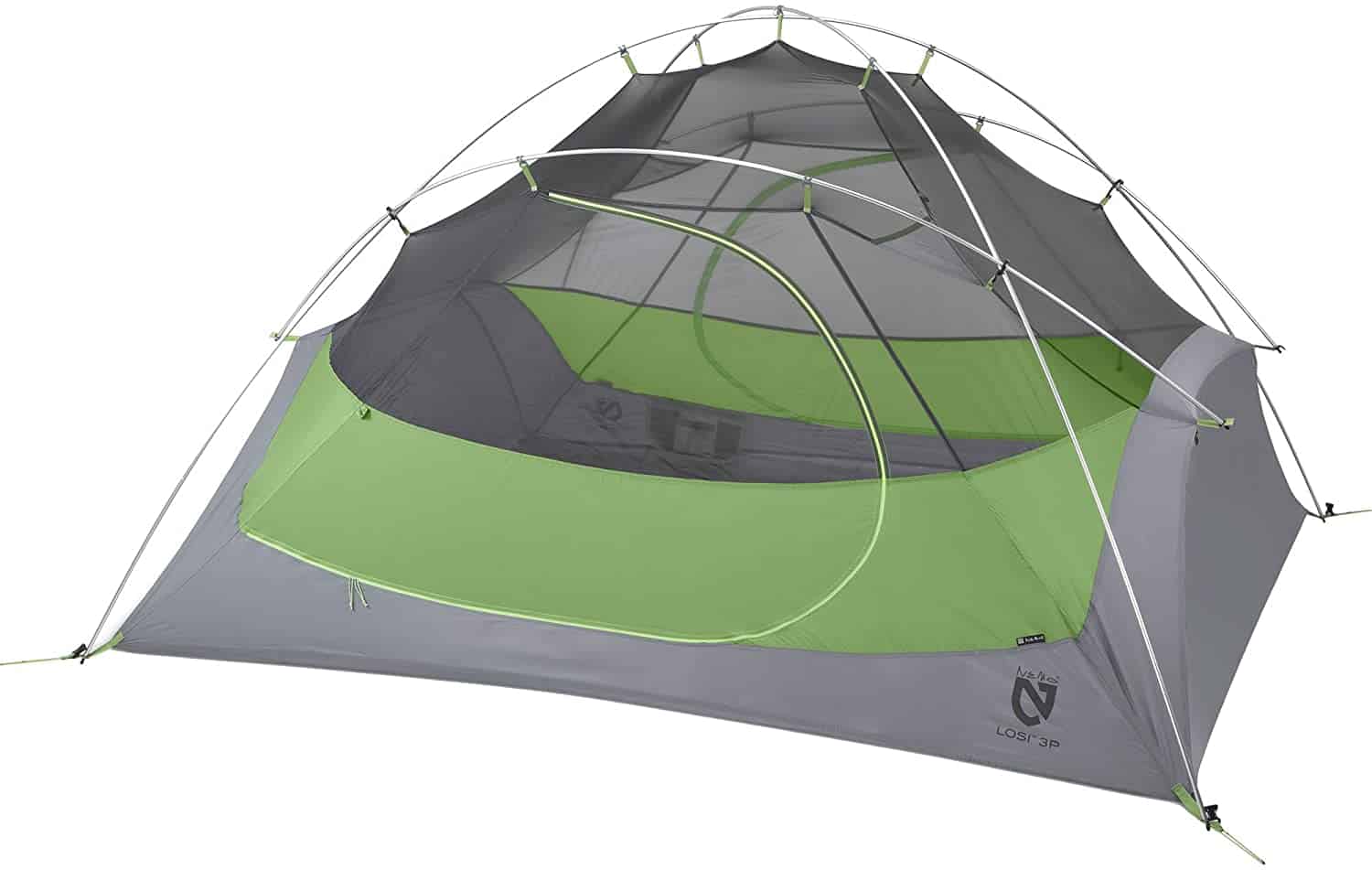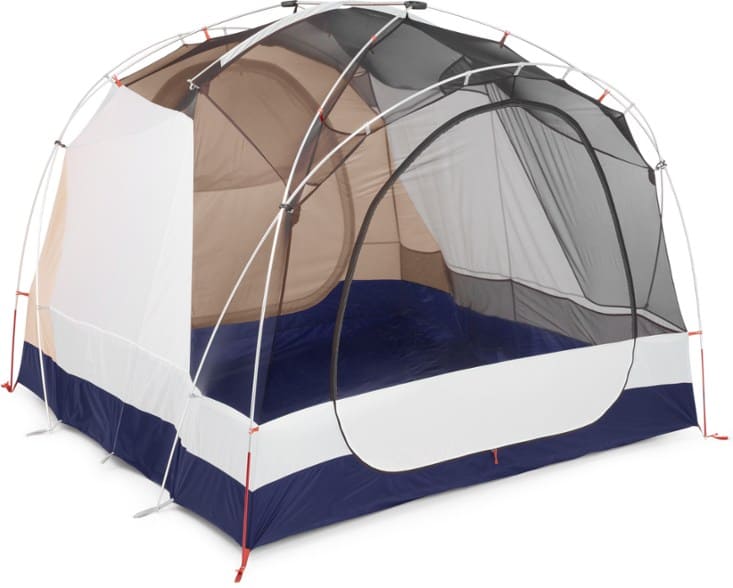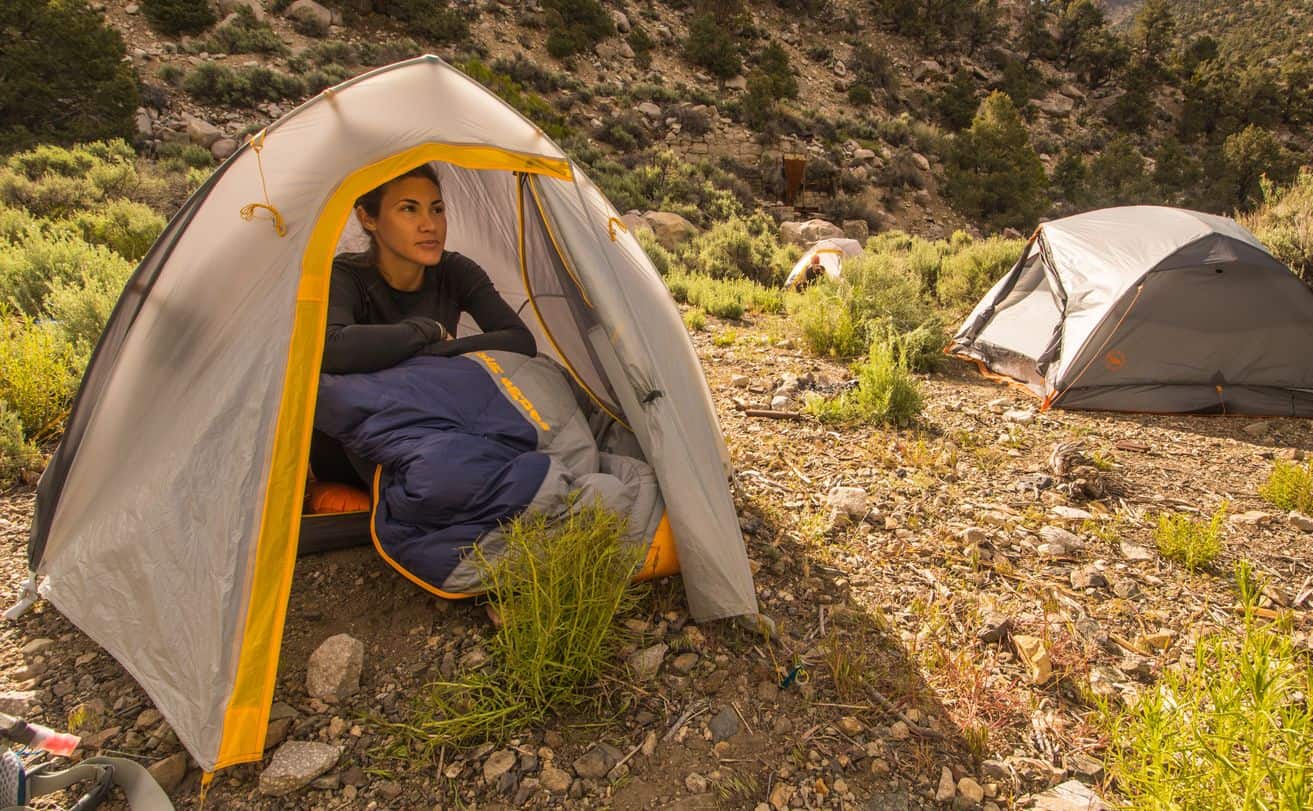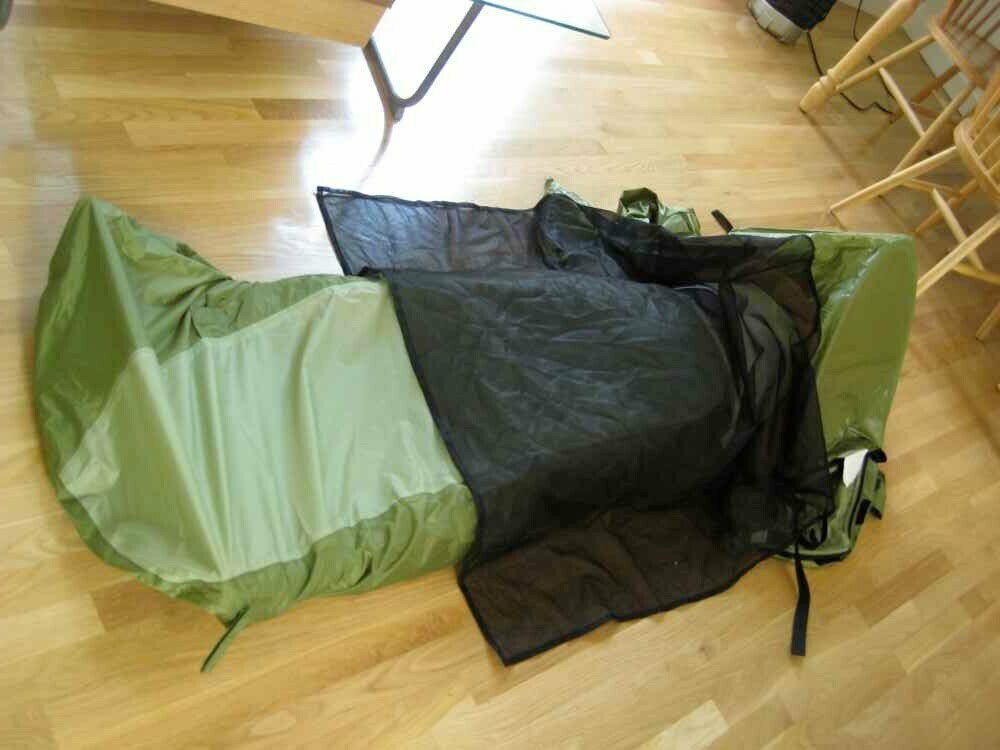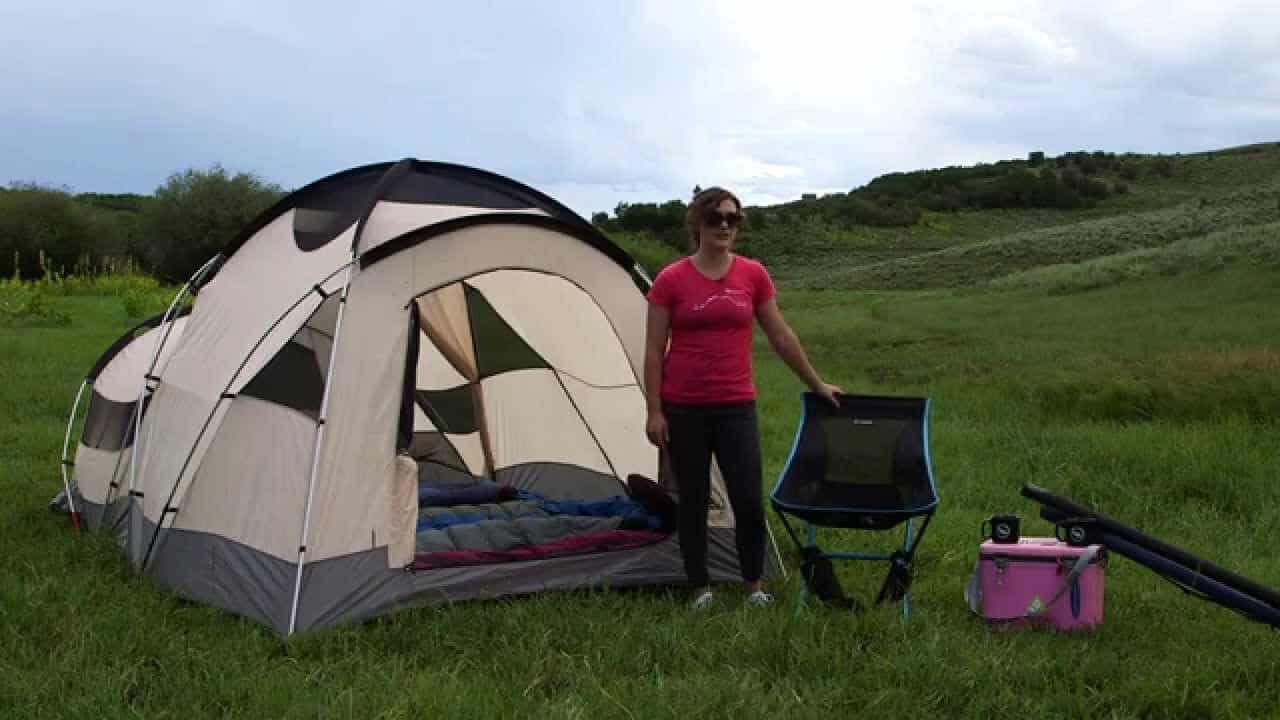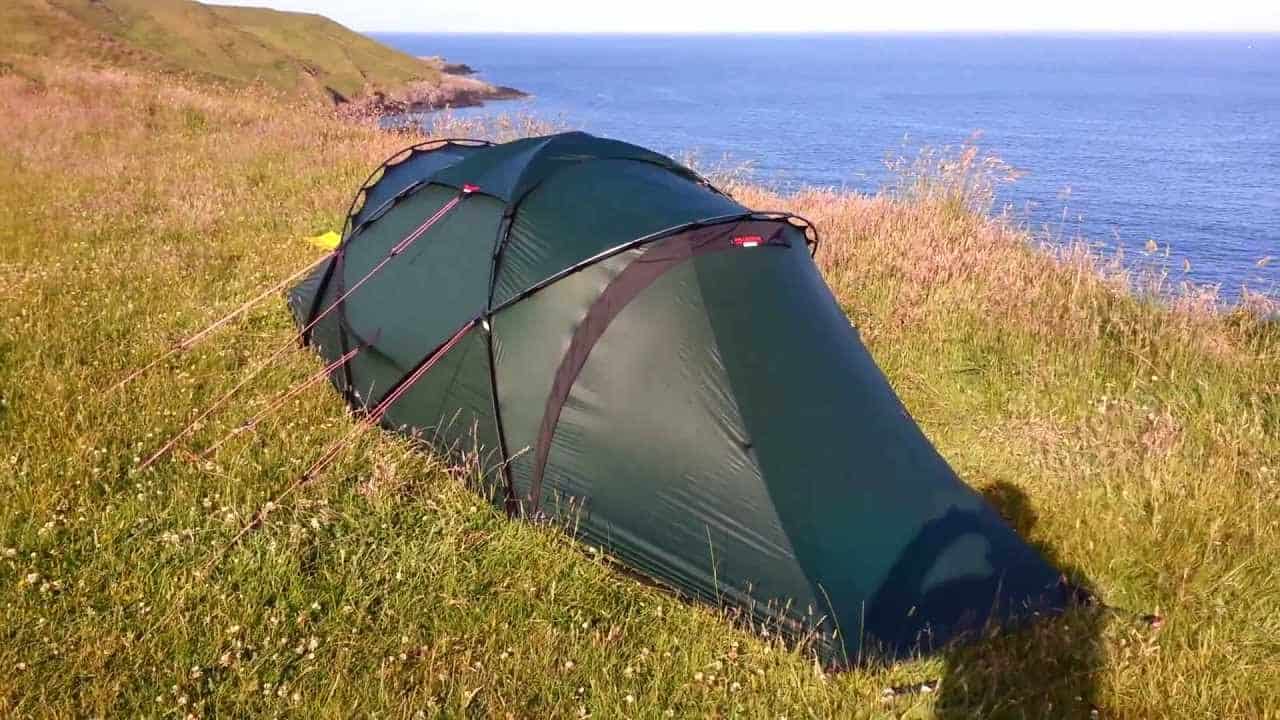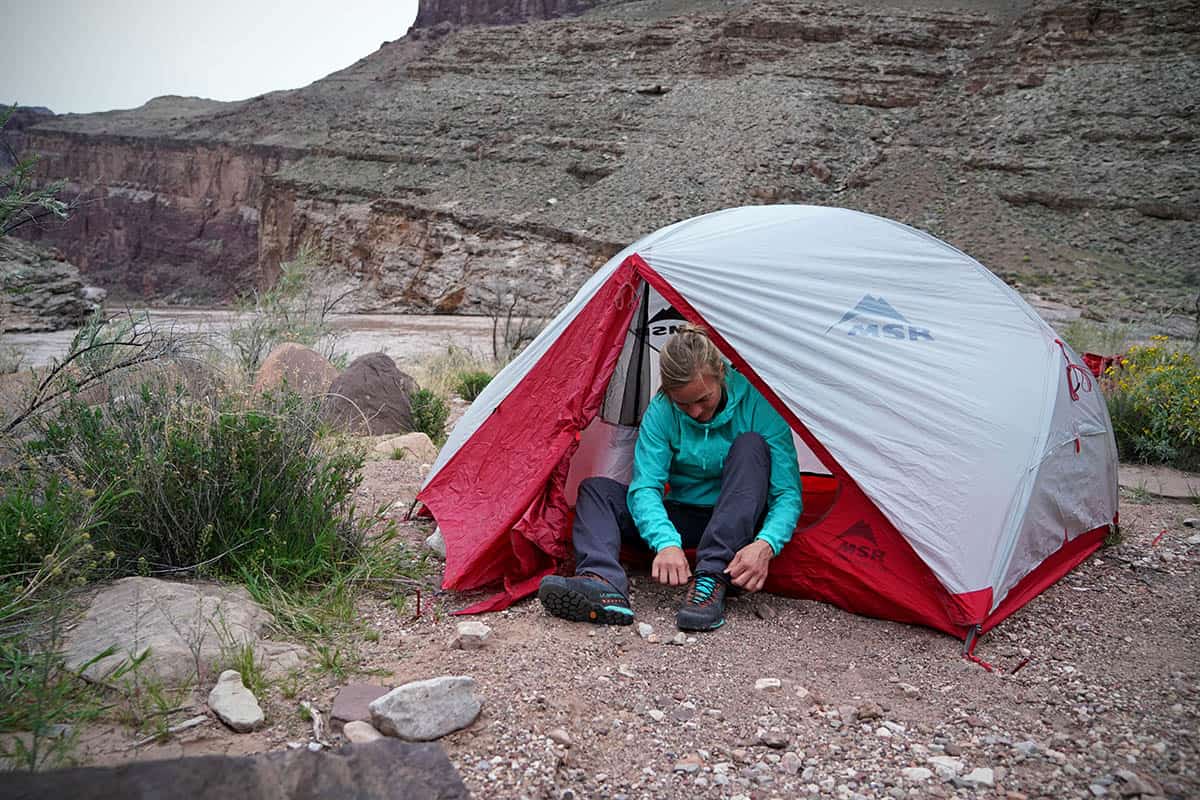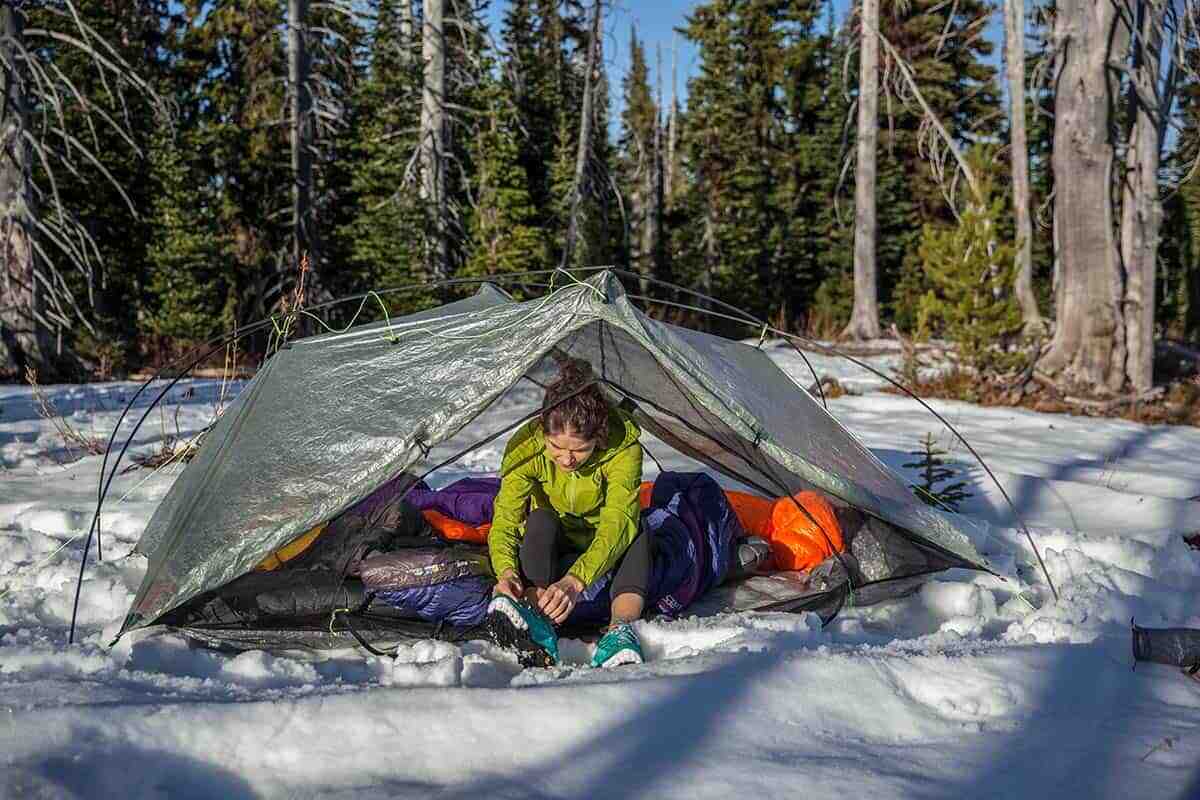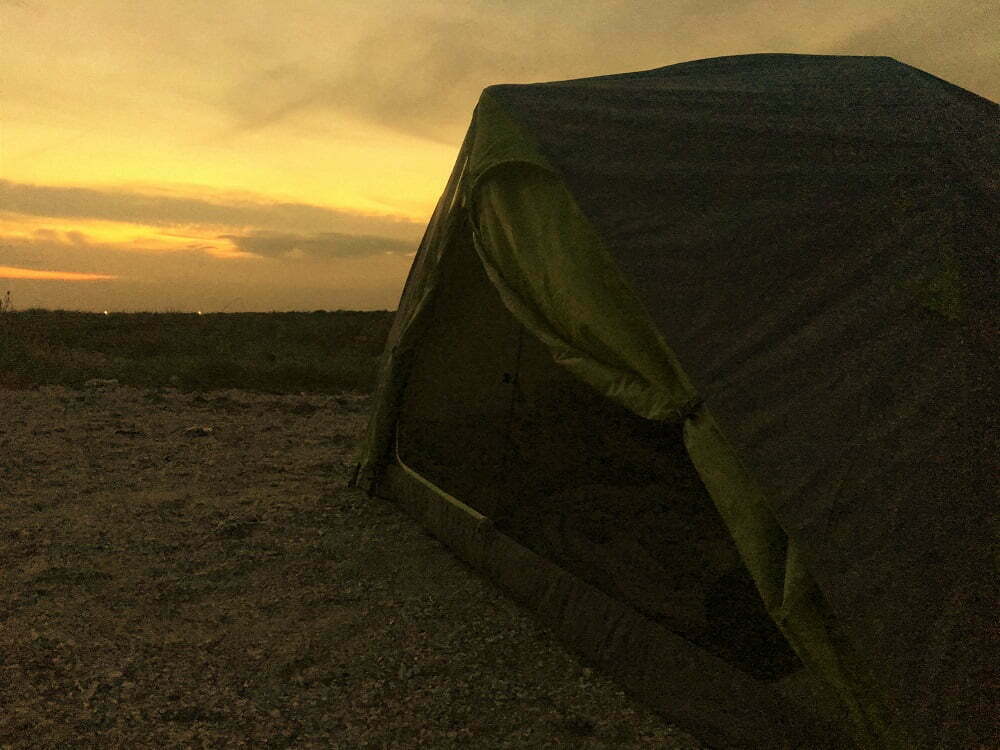If you want your backpacking trip to be the best it can be, you’ll definitely need to purchase one of the best backpacking tents on the market today. Is there any more important camping gear than the tent itself? Having lightweight outdoor gear is essential to an enjoyable day (or week) on the trail and your tent can be one of the heaviest pieces of gear you carry with you. This is why we set out to find the top options available to outdoor enthusiasts like you. Backpacking tents are some of the best tents around and when you’re finished with this article, you’ll see why.
To accomplish our mission, we first researched tents online, taking into account customer sentiment and looking to see what products met our quality and feature availability criteria. We specifically identified tents that were lightweight, durable and easy to set up and break down. Next, we purchased the top 10 backpacking tents and got camping. During our excursions, we paid closer attention to features like protection from rain, ventilation and gear storage. In the end, it was easy to pick the ALPS Mountaineering Lynx as our best backpacking tent. This stellar tent is easy to set up, durable and perfect for single-person hikes. Keep reading to learn more about this tent and the others we picked.
#1 ALPS Mountaineering Lynx – Top Pick/Best One Man
WHY WE LIKE IT: The ALPS Mountaineering Lynx 1 person tent is perfect for solo adventurers who want something lightweight and durable for their backpacking trips. With an incredibly simple set up and included rainfly, you get most everything you need with this backpacking tent.
- Includes a rainfly
- Super easy to set up
- Large vestibule area
- Narrow tent design feels cramped
- No footprint included
- Windows can’t be zipped up
The ALPS Mountaineering Lynx is a freestanding tent that features a simple two pole design. Since you don’t have to worry about a hundred different poles, you can quickly set this tent up and break it down in minutes. It features extra-durable durable fabric that withstands the elements and the occasional bump or scuff. It also includes a rainfly to protect you against the wet nights. If you’re looking for a tent that’s convenient for travel, take a look at one of the best rooftop tents to compare.
We found the narrow design of this tent to be a little limiting, especially for larger backpackers or people who like to sleep sprawled out. But the vestibule area in the tent was large enough to store your muddy boots and other mountain gear without problem. We were also a little disappointed that the windows can’t be zipped up, allowing anyone to see into your tent unless you put up the rainfly. All in all, though, these drawbacks are minimal compared to this tent’s durability, simple set up and lightweight design. It is truly one of the best tents. For another tent suited for a solo trip, read about the MSR Hubba NX. For additional lightweight options, check out both the Nemo Dagger and Nemo Hornet tents.
#2 Coleman 2-Person Sundome Tent – Honorable Mention/Best Value
WHY WE LIKE IT: Coleman is a staple brand in the outdoor gear world reasons apparent in their 2-person Sundome tent. It offers plenty of high-end features for an extra-affordable price, like a sturdier frame than other options and patented WeatherTec fabric to prevent leaking.
- Extra sturdy frame resists high wind
- WeatherTec system keeps tent extra dry
- Unique e-port for electrical power inside tent
- Not good for cold weather
- Zippers aren’t very strong
- Awkward interior pocket placement
Coleman is the king of affordable outdoor gear, which is why you see the brand name so much. And while you don’t get a ton of premium features with the Sundome 2, it still offers plenty of things that will make your backpacking trip more enjoyable. For starters, this Coleman backpacking tent is designed with weather protection in mind. While it’s not a suitable option for winter weather, the Sundome tent body is made with Coleman’s patented WeatherTec materials which keep you dry, even in the wettest conditions. It’s also one of the sturdiest tents we’ve tested, able to withstand winds up to 35 miles per hour.
Related: If you’re travelling with someone then you might be interested in the best two-person tent.
There are a few features that disappointed us in the overall design of the tent, which is somewhat to be expected at this price range, but nothing was a dealbreaker. For one, the interior storage pocket placement was really awkward. They’re right in the middle of the wall in the perfect spot to bump your head when you wake up, especially if there are two people in the tent. We also weren’t very impressed with the zipper construction, which we thought could be a little tougher. However, the tent’s e-port allows you to bring an extension cord into your tent, a really unique and useful feature that’s not to be overlooked. If you’re looking for budget tents that protect you from the rain, consider this Coleman. Many consider it to be the best camping tent. The Big Agnes Tiger Wall UL2 Tent can also be an alternative to the Coleman storage concern, since the Tiger Wall has a large ceiling storage pocket. Its packaged weight is less than 3 lbs. for easy transport, and the mesh ceiling can come in handy if you feel like stargazing or looking for a double rainbow.
#3 LETHMIK Backpacking Tent – Best 3 Person
WHY WE LIKE IT: Have you ever gotten frustrated when setting up your tent? Then the LETHMIK backpacking tent is something you can’t miss because it offers the simplest set up process of any tent we tested.
- Incredibly easy setup and break down
- Completely waterproof
- Can sleep up to 3 people
- Heaviest tent on the list
- Large packing size
- Bright and jarring colors
The LETHMIK backpacking tent’s call to fame is its pop-up design that allows you to set up and break down the tent in under a minute. Yes, under a minute! All you need to do is unroll the tent and then pull up on the pole apparatus, which will automatically lock into place when fully extended. Breakdown is similarly simple. You just unlock the apparatus and roll the tent back up. We absolutely loved this pop-up design because it made our lives so much easier, especially after a long day of hiking.
When it comes to design features, the LETHMIK does struggle when it comes to weight and packing size. This is to be expected for a 3-person tent, but lugging around an 8 pound tent that doesn’t fit nicely inside your backpack can be tiring during especially long backpacking trips. However, the extra weight and space is worth it to bring the entire family along for the trip. We loved that the tent was completely waterproof, as well. We didn’t experience any leaks, even during rain. Another quality tent with a simple setup is the Big Agnes Copper Spur HV UL2, and for a lightweight option, the Big Agnes Fly Creek only weighs just over 2 lbs. Also, check out the best water purifiers for camping.
#4 Kelty Salida Backpacking Tent – Best 2 Person
WHY WE LIKE IT: The Kelty Salida makes your backpacking trip more convenient with a sturdy build and easy-to-set up design. The roomy interior space can easily fit 2 campers with room to spare for gear, making it an excellent choice for camping with a buddy.
- Roomy and spacious inside
- Tons of mesh ventilation
- Easy to set up and break down
- Small vestibule storage
- Lack of airflow with rainfly
- Only 1 door
The Kelty Salida just looks like it belongs in the outdoors. With a low-profile design featuring subtle colors, this backpacking tent is among the sleekest-looking tents we reviewed. And its good looks are an indication of how well it’s designed to handle the great outdoors, too. The Salida features tons of mesh ventilation for good airflow and very comfortable sleeps 2 people. In fact, we thought it was roomy enough to possibly fit a third camper in there, if they were on the smaller side. We were also pleased with the decent-sized vestibule area when the rainfly was on. It kept our hiking boots dry, but there wasn’t much room for anything else.
With the rainfly on, the Kelty Salida is watertight and comfortable because the rainfly acts almost like a second skin. Unfortunately, with such a tight fit, the rainfly can severely limit the airflow within this 2-person tent. This can lead to a little more condensation on the tent during rain, but it wasn’t a huge issue in the end. Overally, the Kelty Salida is perfect for 2-person excursions because of its roomy interior and super simple set up process. The Half Dome 2 Plus Tent also provides great ventilation and condensation prevention with mesh panels and four ceiling vents. Another great two person tent worth checking out is the Marmot Tungsten 2P Tent. Speaking of camping, read about the best kayak for beginners.
#5 River Country Products Trekker – Best Lightweight/Budget
WHY WE LIKE IT: If you’re looking for something ultra-lightweight for your ultra-long backpacking trips, the River Country Products Trekker is the tent for you. Featuring a non-freestanding design, this single wall tent is super light and packs extra small for your pack.
- Lightest tent on the list
- Waterproof design
- Stuff sack doesn’t require precise folding
- No windows
- Doesn’t include trekking poles
- Included stakes aren’t the highest quality
The biggest draw to the River Country Trekker tent is its ultra portable and lightweight design. Weighing in at only 2 pounds 12 ounces, this non-freestanding backpack is the lightest option on our list. This is because it doesn’t include any tent poles. Instead, you can use your own trekking poles (purchased separately) or branches to set up the tent. This may require you to get creative on where you pitch your tent during extended backpacking trips.
With such a minimal design, you might expect some sacrifices to be made. And while this is true of the windows (there are none) and the stakes (they’re flimsy), the tent is still waterproof and extra durable. Set up and break down is easy, too, since you won’t have to deal with complicated pole setups. The Trekker includes an oversized stuff bag that doesn’t require you to precisely fold the tent. Just stuff it and go. With its lightweight and durable design, this budget backpacking tent is perfect for lightweight backpackers on long trails. Check out the Copper Canyon L X line as well, which is a series of durable tents that come in a broad range of sizes. Don’t forget to pack the best coolers when camping.
How We Choose
- Seasons
We excluded four-season tents from our list since the majority of backpackers aren’t going to have a need for ruggedized, winter hardware – if you need some protection from light snowfall, all of these tents will do the job (just don’t go trekking off to Mount Kilimanjaro with them). - Weight
Trail weight was considered the most important factor for initially determining backpacking tents to include in our review. Five pounds being the average weight from our initial list of fifteen, we eliminated tents exceeding four-and-a-half pounds to pull out those on the fringes of the industry average. - Size and Space
Tent floor area and head height were evaluated next so as to ensure a minimum comfort level for campers. We found that most two-person, three season backpacking tents offered an average of twenty-eight square feet of floor space and forty inches of height at their peaks. Based on these numbers, we excluded tents with a floor area of less than thirteen-and-a-half square feet per person, and a head height of less than thirty-nine inches. - Durability
Critical to our study, the manufacturers’ fabric selection and denier count were carefully compared and weighted based on trail weight and recommended use. It’s important to understand that there’s a fine line manufacturers have to walk in order to develop a tent that’s both lightweight and durable. Too fine of a thread count and durability quickly withers away, too much and weight becomes a concern. Through our comparison, we found that the average fabric employed was a standard ripstop nylon, often silicone-coated for durability and weatherproofing purposes, and the typical roof and fly denier count was twenty (20D). This combination seems to lend itself well to developing a lightweight tent that can take a beating and maintain consumer satisfaction. - Design and Features
Lastly, overall design, inclusive of accessibility and setup difficulty, were inspected to ensure that most consumer expectations had been addressed. These included taped and waterproofed seams, reflective elements for low-light use, mesh selection, ventilation for comfort and condensation prevention, and hardware design.
Why You Should Buy a New Backpacking Tent
Design matters! Every single product on the planet has had a predecessor, it’s what moves innovation forward. Reliability, usability, weight, and even visual appeal all improve as tent makers continue to meet consumer demands and stay competitive with exceptional products.
One reason to make the switch is just that, trading in an older tent might mean reducing your pack weight, getting something that’s a little more durable so you’re not constantly patching holes from the “road,” or finding the right balance between breathability and staying warm on cooler nights. Whatever your reason, you’ll be hard-pressed to find a backpacking tent on our list that doesn’t do the job at least a little bit better than your tent that’s sitting in the garage.
Read: Best All Mountain Skis
If you’re just getting into backpacking, you probably already know how important weight can be when you’re hiking miles at a time. It used to be recommended that 25% of your body weight was an acceptable number to shoot for on extended trips, but just like everything else, that’s considered an outdated figure. Nowadays, most regular hikers try to shoot for between 14 and 20%. Pack weight though is a relative number. A body builder will likely be more comfortable carrying more than an average gal from the city. Try different weights before hitting the trail to find out what’s just right for you.
Key Factors
- Trail Weight: I’ve been in the Ozarks with a 55-pound pack and can tell you that hiking with more weight than you should isn’t fun – especially if you’re doing it over the course of multiple long hikes. Tent weight is crucial to ensuring your pack is as light as it can get since it usually ends up being one of the largest necessities in your arsenal.
- Material Durability: Quality materials that offer high denier counts are ideal, but you’ll need to consider use before finding a good balance. As denier rises, so does weight. A good count to shoot for is 20D for both roof and fly if you expect heavy use. With slightly heavier tents expect a higher denier for the floor to protect from tears against grade. Ripstop Nylon coated with silicone is a pretty common material for tents in this segment.
- Livability: Space, space, and more space. I don’t enjoy being shoulder to shoulder with my backpacking buddies, usually. Look for tents that offer at a minimum of fourteen-and-a-half square feet per person, coupled with a peak height of about forty inches.
Features
- Taped/Waterproofed Seams: Usually, if a tent is manufactured by a large brand it comes with seams that have already been taped. That said, always check! Nylon and polyester fabrics normally come sealed up, but you’ll need to tape seams yourself on some ultralight backpacking tents made from Sil Nylon and Cuben. Check with the supplier first to ensure you’re ready to hit the outdoors and stay dry while you’re on the trail.
- Reflective Components: It’s the simple things in life that can really make a good situation great. Reflective components and webbing offer greater visibility in low-light or poor conditions. We feel this is a great compliment to an already great product, and takes little effort on the manufacturers part to include.
- No See-Um Mesh: Many backpackers agree that no-see-um netting hinders ventilation. We recommend that when evaluating products which implement no-see-um to also check for adequate ventilation in other areas of the tent. This should ensure a good job has been done to design a shelter that breathes well and doesn’t allow too much condensation build up over time.
- Pole Utility: If you’re an avid hiker you probably have trekking poles. A great feature offered by many lightweight and ultralight tents is the option to stow away support poles and use your trekking poles instead. If weight is critical, look for flys that support the use of trekking poles instead of a classical setup.
Mistakes to Avoid
Gear and Weight
Don’t get bogged down in the middle of nowhere. Too many hikers report abandoning backpacking gear in the middle of an excursion to reduce weight – and the planet already has enough junk left out of place. Leave no trace. Lightweight backpacking tents are critical to regular backpacking/sleeping on the trail and you should avoid tents that are unnecessarily heavy.
Footprints
Grab a footprint! You’ll most likely have to buy a footprint separately, but these will absolutely pay for themselves when you’re setting up on uneven grade with sticks and stones. Footprints usually don’t add too much more weight, and they’ll protect your tent’s belly from punctures that could wind up causing you to wake up in a puddle.
Rainflys
One more thing: let’s talk about rainflys. Rainflys are like rain jackets for your tent. No matter what your uses are you never know when a storm might roll in, and for that reason we suggest looking for tents that have full-length flys to better protect from the elements. We’ve found that most leaks tend to come from the ground around the base of the tent, so having a fly that’ll reach all the way down is an added layer of protection from this kind of intrusion.
What Else Should You Think About?
Grabbing the best backpacking tent for your next expedition shouldn’t be the only action item on your to-do list. Make sure you’re packing the right tent for the right job, and check out our Best Camping Tent review for more awesome tents which will serve a wider variety of needs than just those looking for a lightweight alternative – lightweight and ultralight tents don’t always make the best family tents. Then there’s all of the essentials for your gear, like the best water bottle or flashlight.

![Best Backpacking Tent in [year] 1 The latest and best backpacking tents for all the seasons.|The Fly Creek HV UL2 is a great option for those looking for a super light tent on their next backwoods adventure.|The Anjan is an awesome backpacking tent for two](https://www.gadgetreview.dev/wp-content/uploads/best-backpacking-tent.jpg)


![Best Backpacking Tent in [year] 2 Our #1 Pick is the ALPS Mountaineering Lynx](https://m.media-amazon.com/images/I/41h1v0Y2olL._SL160_.jpg)
![Best Backpacking Tent in [year] 3 Our #2 Pick is the Coleman 2-Person Sundome Tent](https://m.media-amazon.com/images/I/41DNW-kj-5L._SL160_.jpg)
![Best Backpacking Tent in [year] 5 Our #3 Pick is the LETHMIK Backpacking Tent](https://m.media-amazon.com/images/I/41TDrosXZBL._SL160_.jpg)
![Best Backpacking Tent in [year] 6 Our #4 Pick is the Kelty Salida Backpacking Tent](https://m.media-amazon.com/images/I/311cfqzAQnL._SL160_.jpg)
![Best Backpacking Tent in [year] 7 Our #5 Pick is the River Country Products Trekker](https://m.media-amazon.com/images/I/51wj7hGtiXL._SL160_.jpg)


![Best Camping Gear [year] ([month] Reviews) 8 Best Camping Gear 2025 (December Reviews)](https://www.gadgetreview.dev/wp-content/uploads/Campingbox_21-1.jpg)
![Best Tents in [year] ([month] Reviews) 9 Best Tents in 2025 (December Reviews)](https://www.gadgetreview.dev/wp-content/uploads/Nemo-Equipment-Losi-Tent-e1475246573851.jpg)
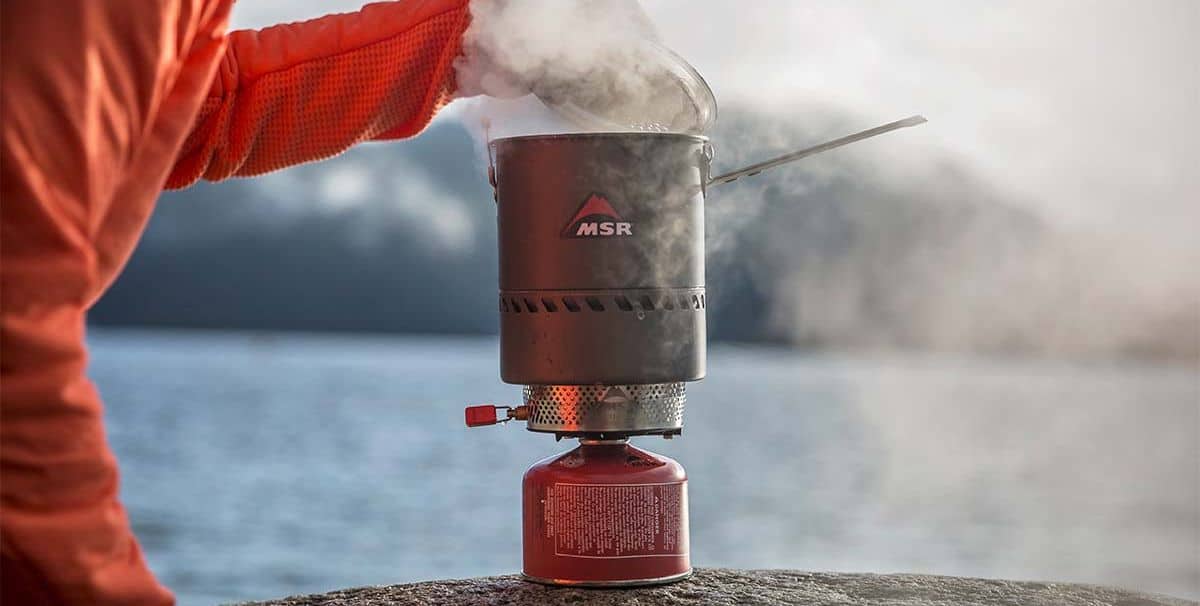
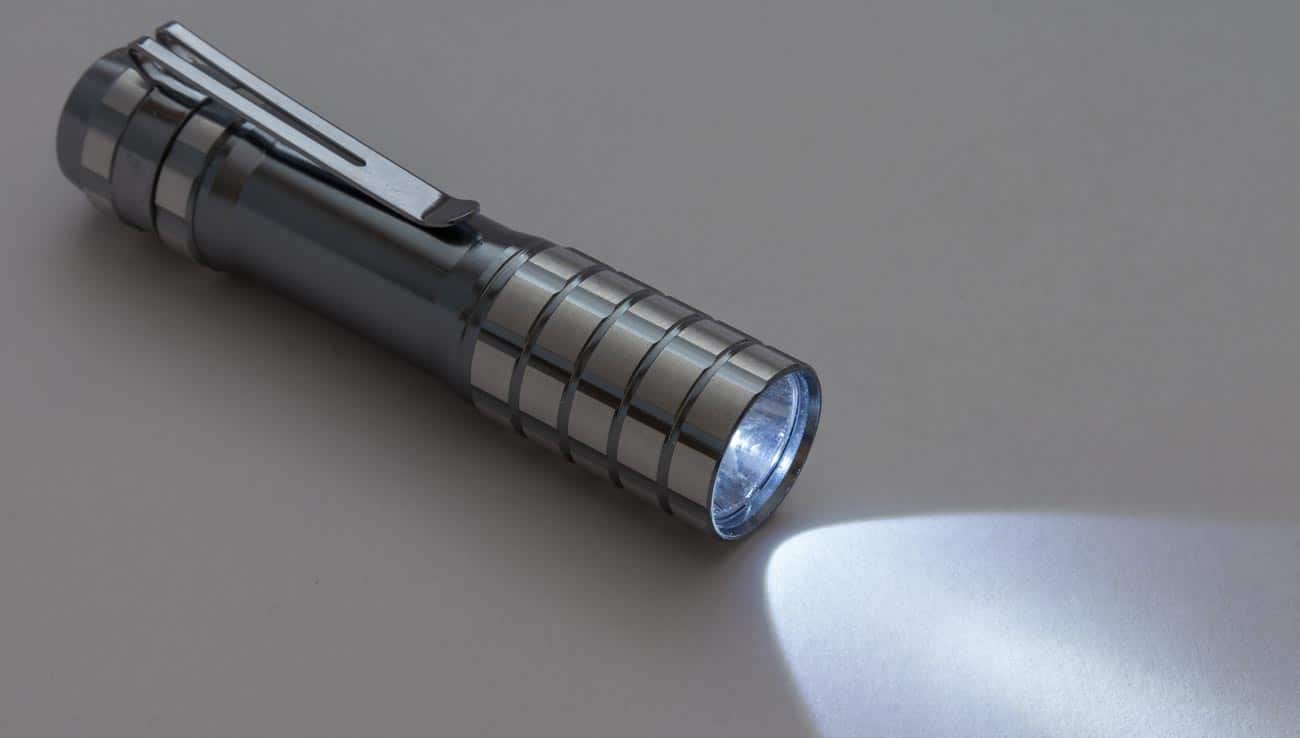
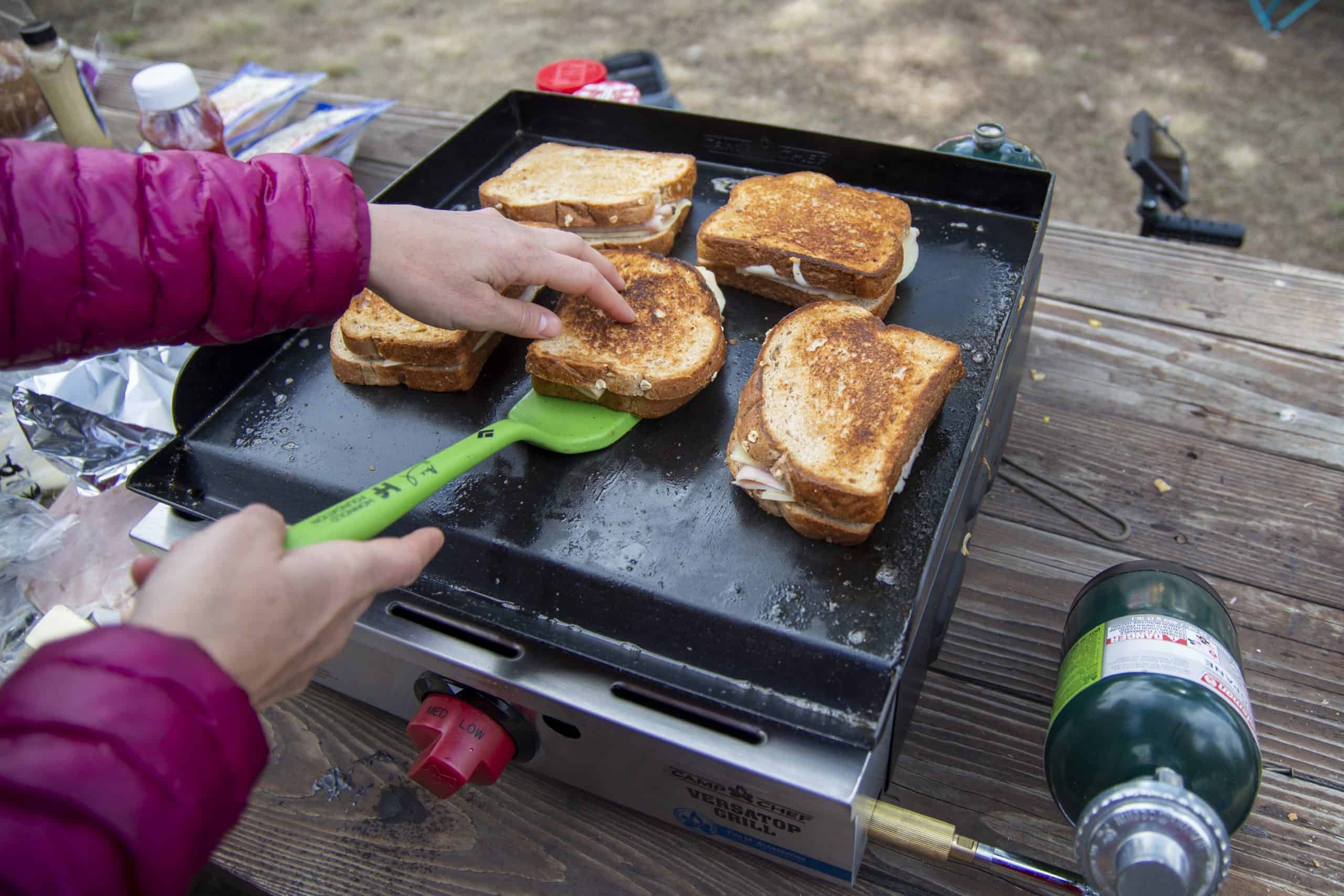
![6 Best Marshmallow Roasting Sticks in [year] 13 6 Best Marshmallow Roasting Sticks in 2025](https://www.gadgetreview.dev/wp-content/uploads/best-marshmallow-roasting-sticks.jpg)
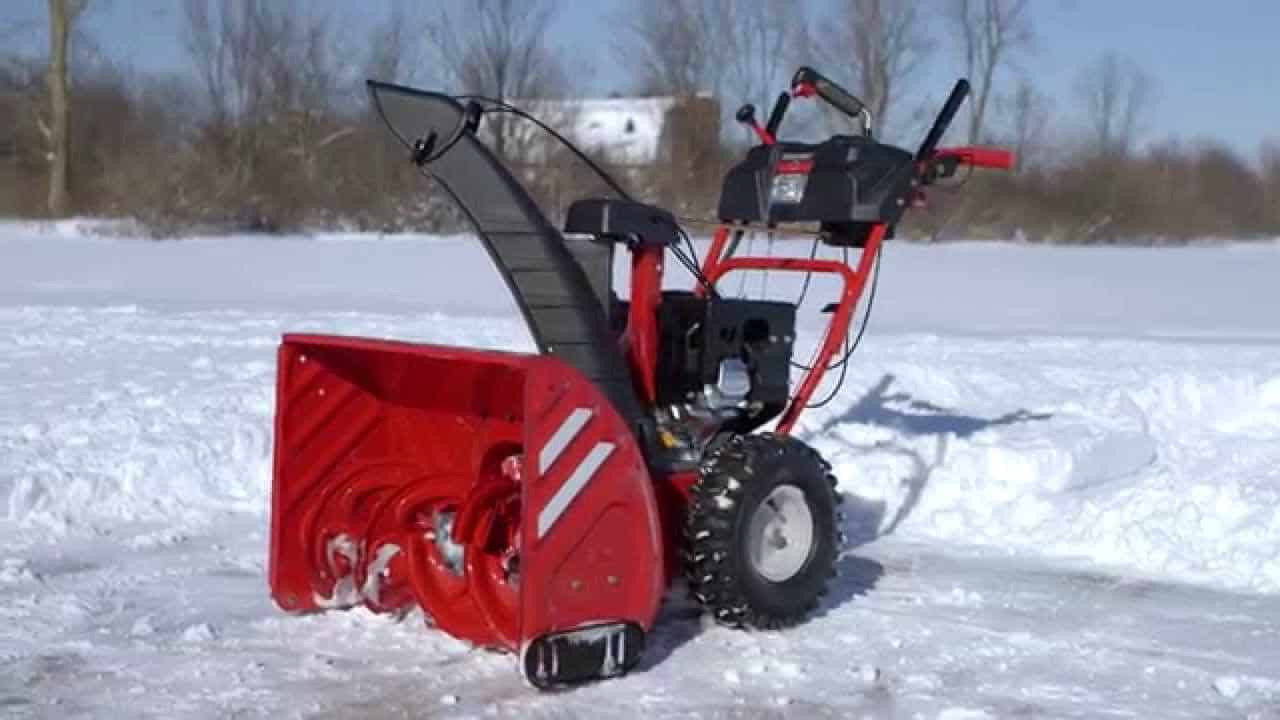
![7 Best Walkie Talkies to Stay in Contact in [year] 15 7 Best Walkie Talkies to Stay in Contact in 2025](https://www.gadgetreview.dev/wp-content/uploads/best-walkie-talkies-to-stay-in-contact.jpg)
![Best Rooftop Tents in [year] ([month] Reviews) 16 Best Rooftop Tents in 2025 (December Reviews)](https://www.gadgetreview.dev/wp-content/uploads/best-rooftop-tents.jpg)
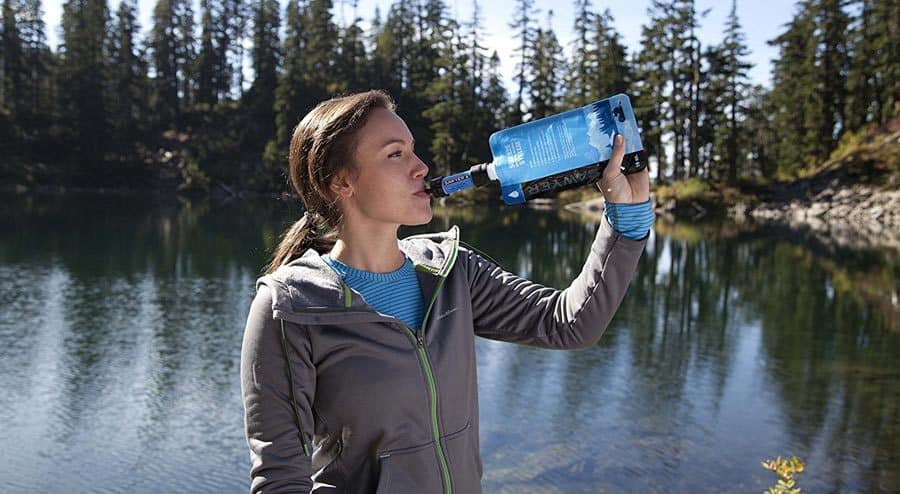
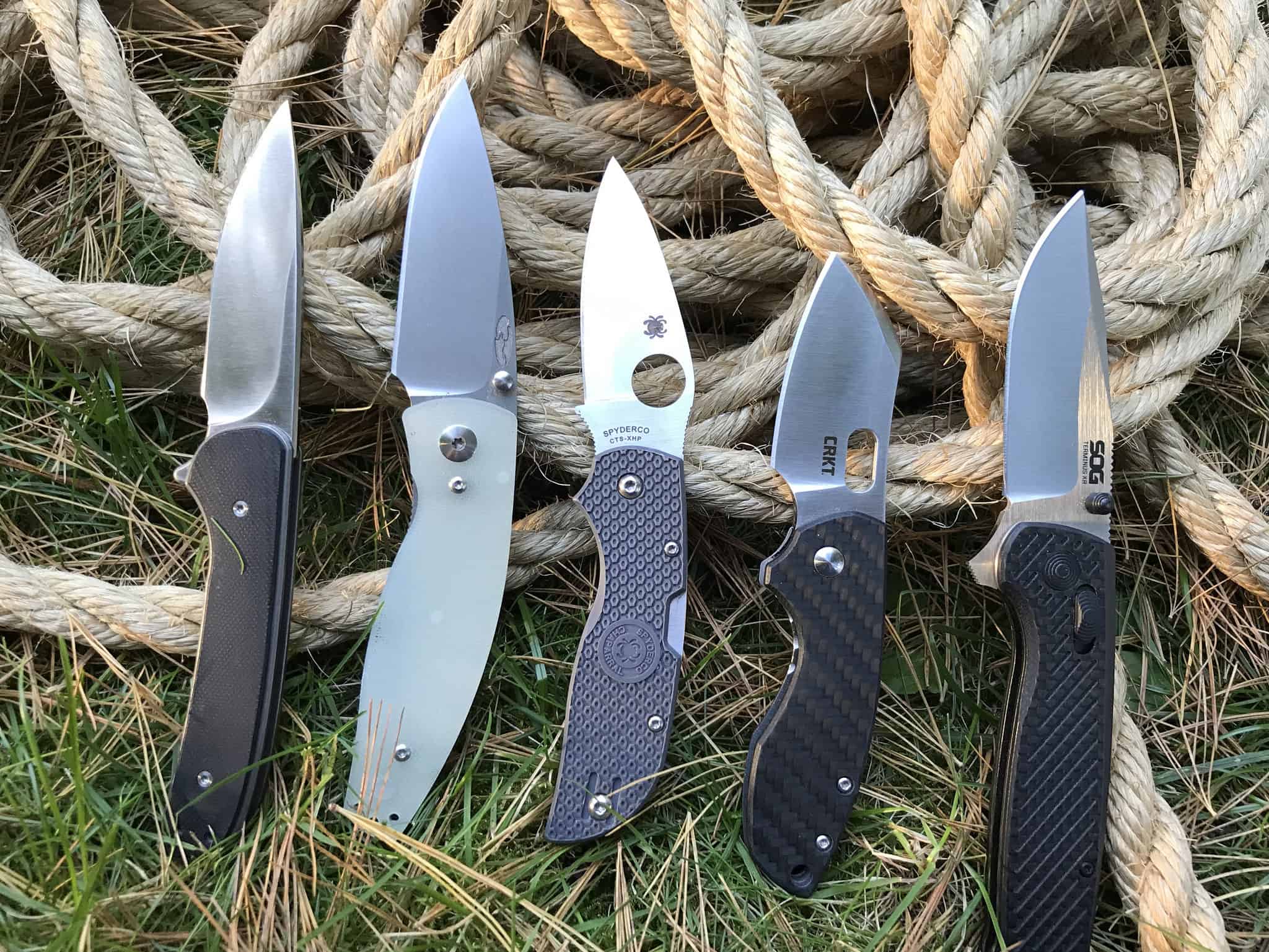
![6 Best Compasses for Hiking in [year] 19 6 Best Compasses for Hiking in 2025](https://www.gadgetreview.dev/wp-content/uploads/best-compasses-for-hiking.jpg)
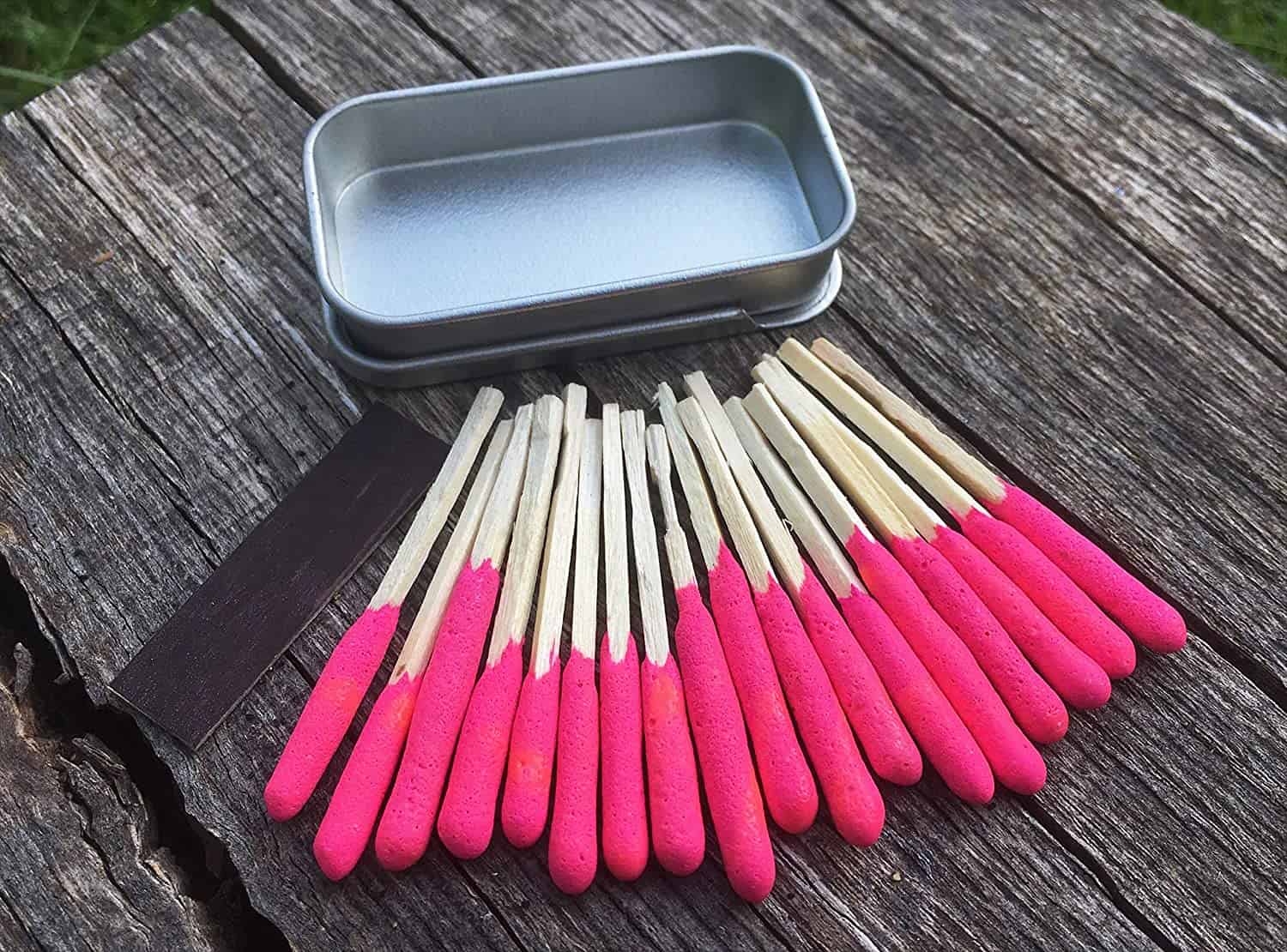
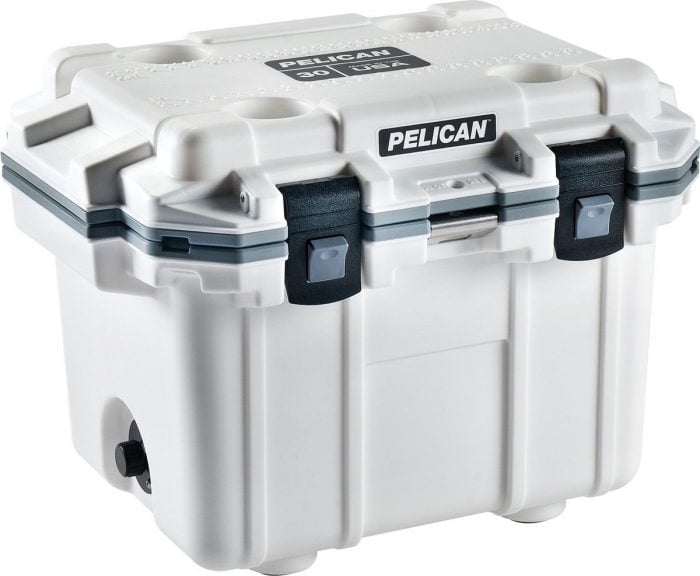
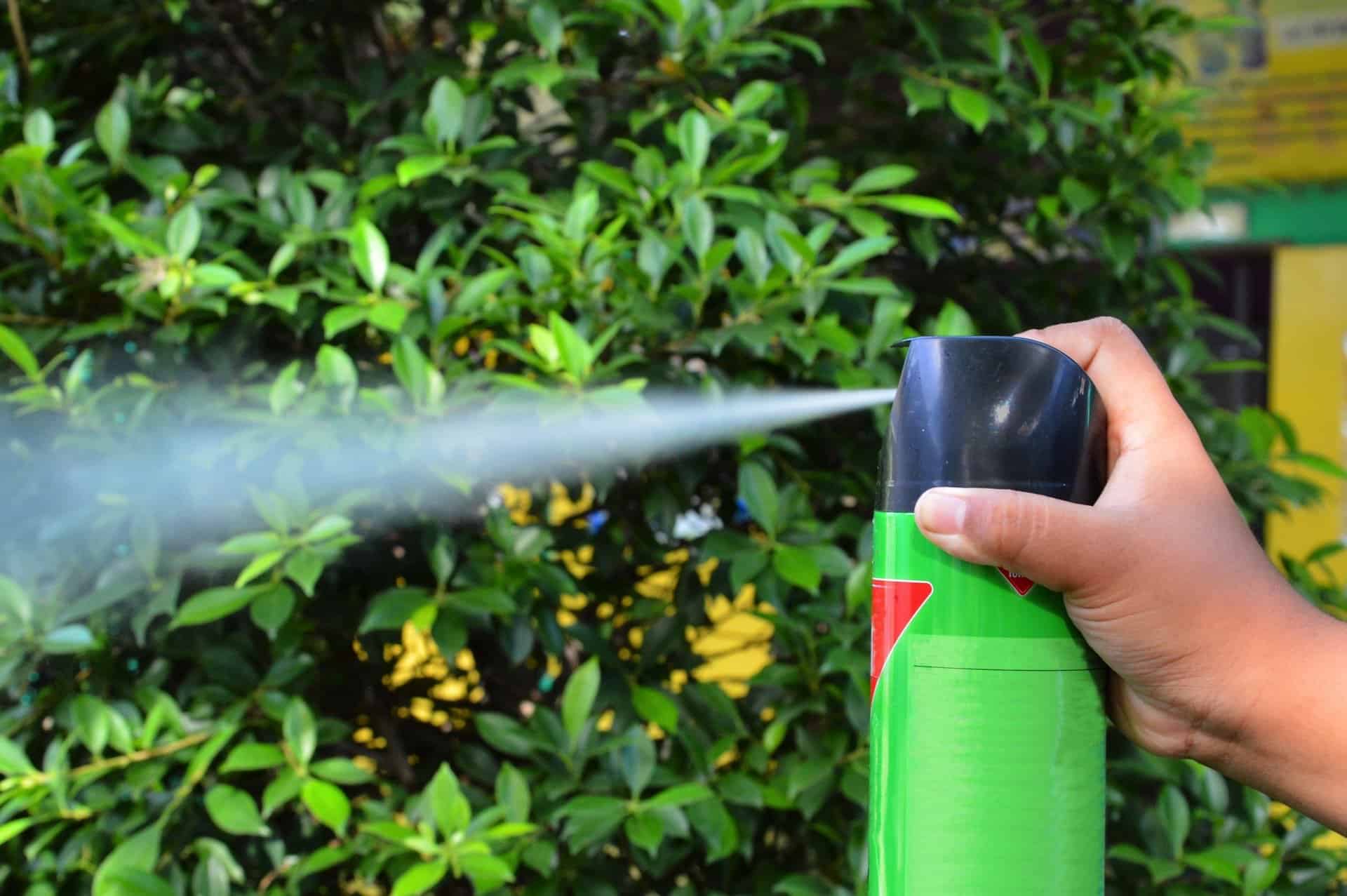
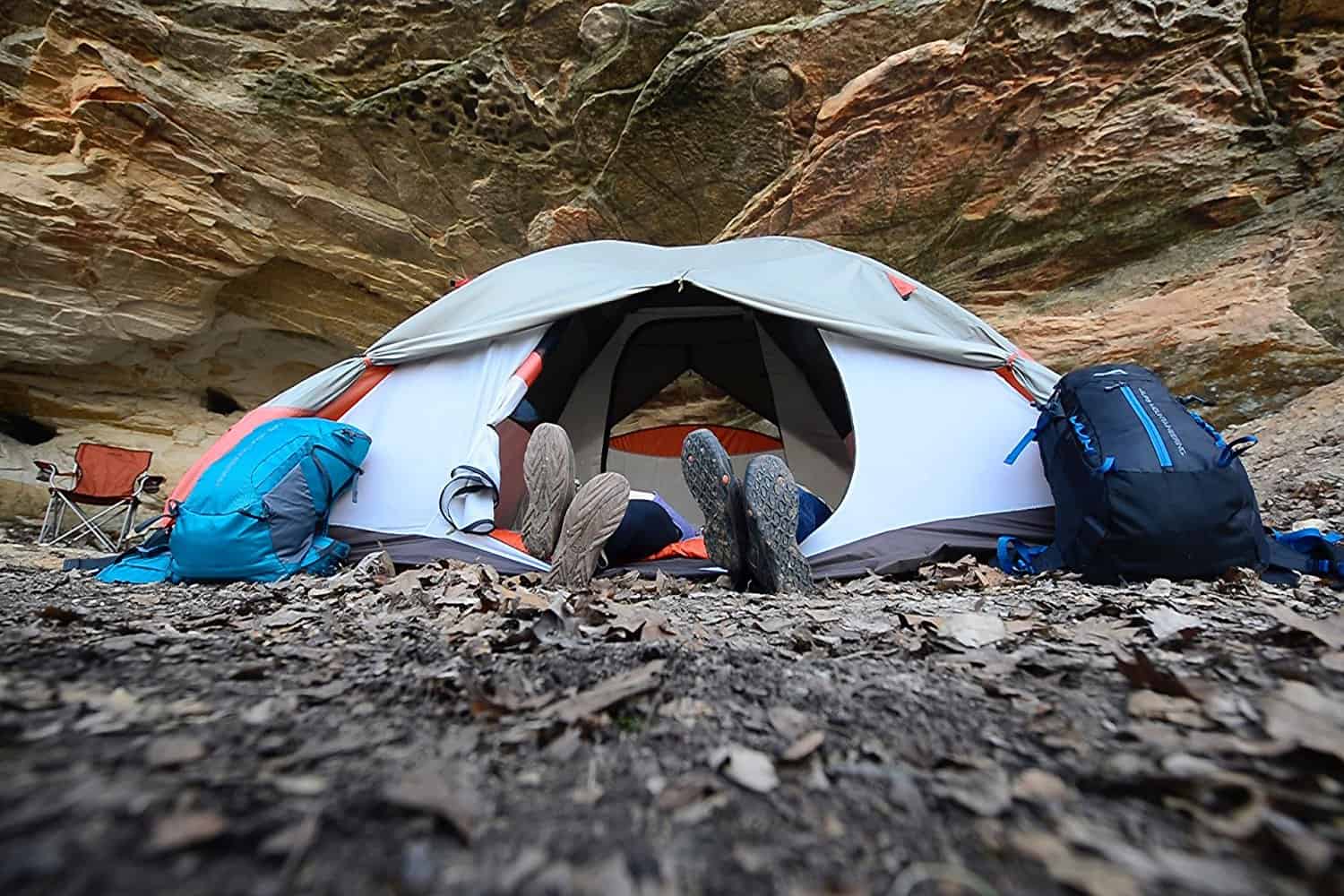
![7 Best Carabiner in [year] 24 7 Best Carabiner in 2025](https://www.gadgetreview.dev/wp-content/uploads/best-carabiners.jpg)
![Best Headlamps for [year] 25 Best Headlamps for 2025](https://www.gadgetreview.dev/wp-content/uploads/best-hiking-headlamp.jpg)
![Best Tactical Flashlight in [year] 26 Best Tactical Flashlight in 2025](https://www.gadgetreview.dev/wp-content/uploads/Lumify.jpg)
